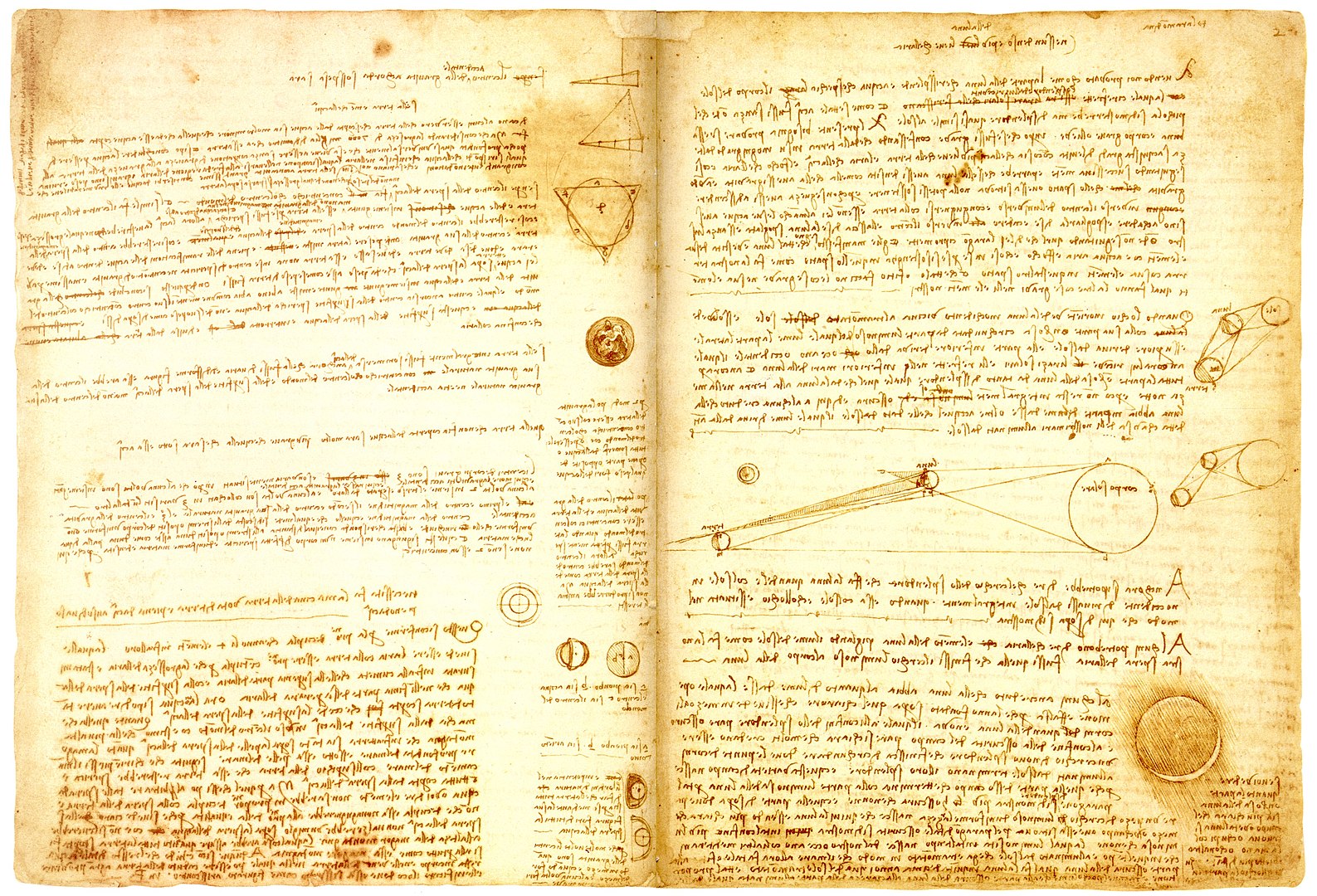The allure of collectible letters and documents lies in their ability to connect us with the past. From handwritten notes by historical figures to rare manuscripts, these pieces of history offer more than just a glimpse into bygone eras; they represent a tangible investment opportunity. This blog post delves into the world of collectible letters and documents, showcasing examples and discussing how they can be transported across borders and converted into cash.
The Charm of Collectible Letters and Documents
Collectible letters and documents are prized for their historical significance, rarity, and connection to notable individuals or events. Examples include Abraham Lincoln’s handwritten speeches, Albert Einstein’s letters discussing his theories, or original manuscripts of famous literary works. These items are not just collectibles; they’re pieces of history that hold immense academic and cultural value.
Portability: An Investor’s Dream
One of the most significant advantages of investing in letters and documents is their portability. Unlike bulky artifacts or large pieces of art, these items can be easily and discreetly transported across borders. This feature makes them particularly appealing to international collectors and investors seeking to diversify their portfolios with unique, transportable assets.
The Market for Historical Documents
The market for collectible letters and documents is both vibrant and varied. Auction houses like Sotheby’s and Christie’s often feature rare documents in their sales, attracting global attention. For instance, a letter written by Vincent van Gogh can fetch a high price, as can an original Shakespeare folio or a signed document by Napoleon Bonaparte.
Crossing Borders and Cashing In
The process of selling collectible letters and documents internationally is relatively straightforward, particularly given their ease of transportation. Collectors can carry these items across borders and offer them for sale in different countries, often benefiting from favorable exchange rates and broader markets. Selling these collectibles can be done through auction houses, private sales, or specialized dealers.
Navigating Legalities and Authenticity
While transporting and selling these items, one must navigate the legalities, including export and import regulations, and ensure the authenticity of the documents. Provenance and authenticity are critical in determining the value of collectible letters and documents. Engaging with reputable appraisers and experts is essential to authenticate and evaluate these items accurately.
Examples of High-Value Transactions
High-value transactions in this field include the sale of George Washington’s personal copy of the Constitution and Bill of Rights, which fetched nearly $10 million. Another example is the sale of Leonardo da Vinci’s Codex Leicester, bought by Bill Gates for over $30 million.
Conclusion
Collectible letters and documents offer a unique combination of historical significance and investment potential. Their portability and ease of sale across borders make them particularly attractive to global investors. However, the key to success in this niche market lies in a deep understanding of history, a keen eye for authenticity, and an awareness of legal and market dynamics. For those who navigate these waters successfully, the rewards can be both financially and historically significant, turning pieces of paper into valuable assets.

Leave a Reply